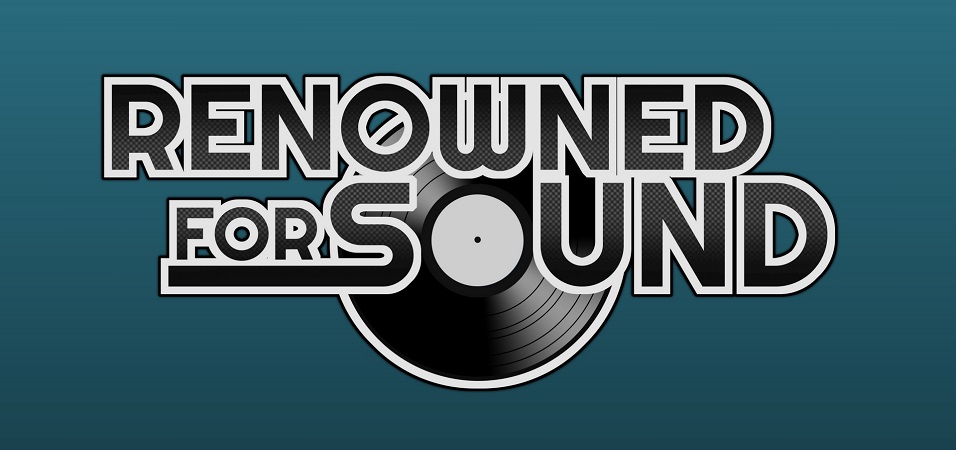Film Review – Fury
3 min read
World War II action film Fury, starring Brad Pitt, is somewhat unique in that instead of focusing on large scale ground, air, or naval battles, it explores the less glamorous side of WW2: tank warfare. Written and directed by David Ayer (Street Kings), it takes place during the final months of the war as the allies are moving across Germany towards Hitler where one Sherman tank crew, commanded by Don “Wardaddy” Collier (Pitt), finds itself up against superior technology on the battlefield. Making things worse, the loss of a crewman has left them with terrified rookie gunner Norman (Logan Lerman), who was recently pulled from the secretarial pool and in his own words is “trained to type 60 words a minute”. Collier and his crew face sometimes overwhelming odds to complete their missions, while at the same time forging the types of bonds that are uniquely created in a battlefield setting.
Ayer’s vision of WWII is dreary and bleak (taking place in April doesn’t help), and there is lots of graphic combat violence. Ayer goes beyond depicting the acts of violence themselves, and allows (or forces) the audience to linger uncomfortably with the deaths well beyond the moment of impact. After all, someone has to clean up the body that was just splattered to smithereens, or if not, it gets run over…again…and again. Even more uncomfortable than the devastation of human bodies is his depiction of the trauma to the human mind and psyche as a result of man-made atrocities. In between the gunfire and battle scenes, he weaves a compelling human story about survival in the face of extraordinary circumstances, and the devastating toll that war takes on all sides, both winners and losers, and those caught in the middle. In one memorable scene where Collier and Norm take up temporarily with a German woman and her niece in a village they have just taken over, Ayer takes the audience on a roller-coaster ride by creating nail-biting tension, then relieving it, and then inflicting even more pain. It’s as if Ayer is taunting the audience in a game of emotional cat-and-mouse, and in the end…he wins. But, the story isn’t entirely original and there are echoes in the plot and characters of other World War II films, such as Saving Private Ryan.
The battle scenes in Fury were well executed, and I give credit for making tank warfare seem exciting. Tanks, which in relation to other battlefield hardware like airplanes, are slow-moving so the scenes focus more on the strategy. Despite that, the battle scenes in Fury are intense and entertaining, and one particular sequence where Collier’s tank ends up only feet from the superior enemy tank in the battle is so intense it will make you break out into a sweat. Unfortunately, there are several noticeable errors at various parts of the film, such as when the final climactic battle scene suddenly and inexplicable shifts from day to night, or when a detonated grenade fails to cause any real damage. Individually they are fairly easy to overlook, but eventually these mistakes begin to stack up.
Fury is supported by a talented ensemble cast, all of whom give good performances. I felt Shia Labeouf as the bible-toting Boyd Swan, and Logan Lerman as Norman were the standouts. Pitt also gives a solid performance, but I felt Michael Pena’s “Gordo” Garcia was a bit of typecasting.
Ayer’s biggest mistake with Fury is that he becomes overly-ambitious with the ending and winds up in hero-worship territory. Unfortunately, what was real, raw and gritty transforms suddenly into something reminiscent of a standard Hollywood big-budget action film with an indestructible hero. It’s like climbing the mountain to Machu Picchu where the journey is fantastic and everything you expected, except that when you get to the top you find a Starbucks. It’s an unsightly blemish on the face of an otherwise handsome film.
[youtube id=”WYm2Jru6Wzc” width=”620″ height=”360″]
::: Renowned For Sound Technical Director and Film Reviewer ::: Robert is an IT geek, movie fan and part-time movie reviewer/editor. Robert also looks after the ‘behind the scenes’ technical elements of Renowned For Sound.

